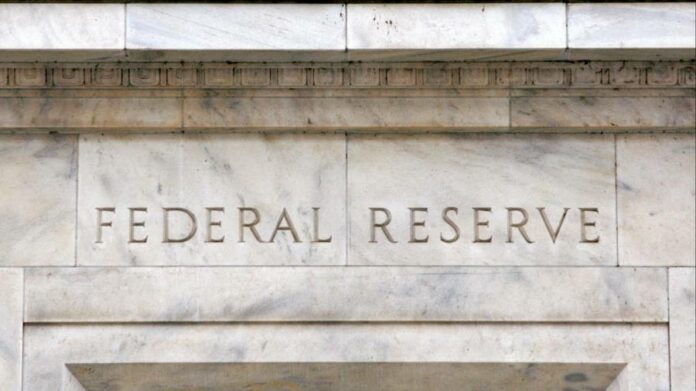The Federal Reserve is set to lift its benchmark rate by a quarter of a percentage point on Wednesday, marking a shift down to a more traditional pace of monetary tightening amid easing inflation.
At the end of its first two-day gathering of the year, the Federal Open Market Committee (FOMC) is expected to raise the federal funds rate to a new target range of between 4.5 per cent and 4.75 per cent, the highest level since September 2007.
A quarter-point increase would mark a departure from the unusually large half and three-quarter-point rate rises the Fed relied on repeatedly in 2022 as it wrestled with persistent price pressures.
The expected move comes just a day before the Bank of England and the European Central Bank are due to implement their own interest rate increases, with both expected to opt for half-point adjustments.
Fed officials have said a slower pace of tightening will give them not only more time to assess the impact of their actions on the economy but also greater flexibility to adjust course if necessary.
Despite the step down, the Fed is still expected to signal it is not yet finished with inflicting higher interest rates on the economy, given lingering concerns it has not fully curbed inflation.
The statement, due to be released alongside the rate announcement at 2pm Eastern Time on Wednesday, will be closely parsed alongside chair Jay Powell’s press conference, which begins at 2:30pm Eastern Time, for clues to how much more tightening the central bank plans to do.
Since the central bank started raising rates last March, its statement has consistently noted that the FOMC expects “ongoing increases in the target range will be appropriate”.
Any change to that language might suggest the Fed is now closer to wrapping up its rate-rising campaign than previously thought, which could further fuel bets across Wall Street that it will not be as aggressive as once feared.
However, the Fed may choose to note in its statement that it expects to keep its policy rate at a restrictive level “for some time”, in a bid to underscore that it does not plan to cut rates any time soon.
In December, most officials projected the fed funds rate would peak at between 5 per cent and 5.25 per cent this year and for that level to be maintained throughout 2023. Many have continued to push this message ahead of this week’s meeting, even as the Fed’s actions begin to have a more noticeable effect.
Price pressures broadly appear to have peaked, while consumers are spending less and companies have begun to cut costs. However, wage growth remains high and the labour market has not yet softened to the degree officials say is necessary to bring inflation down to the Fed’s 2 per cent target.
If the policy path Fed officials projected in December still holds, it suggests the central bank will implement two more quarter-point rate rises beyond Wednesday’s increase.
Policymakers have been unable to dissuade money managers and traders in fed funds futures markets that they will follow through on the path they outlined in December. Despite their protestations, financial markets continue to price in the Fed’s stopping short of a 5 per cent so-called terminal rate and delivering half a percentage point worth of rate cuts before the end of the year.
That has been accompanied by a further easing of financial conditions, with mortgage rates off their peaks, stocks rallying and corporate borrowing costs falling, setting the stage for what Tobias Adrian at the IMF warned could be a shock if the inflation data again disappoint and the Fed is forced to tighten further.






